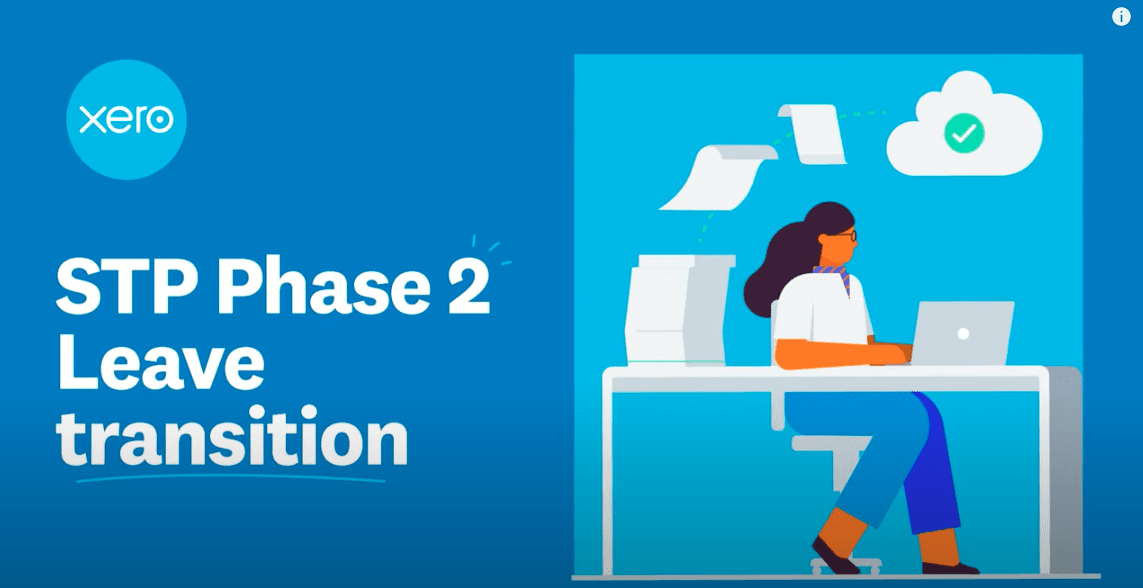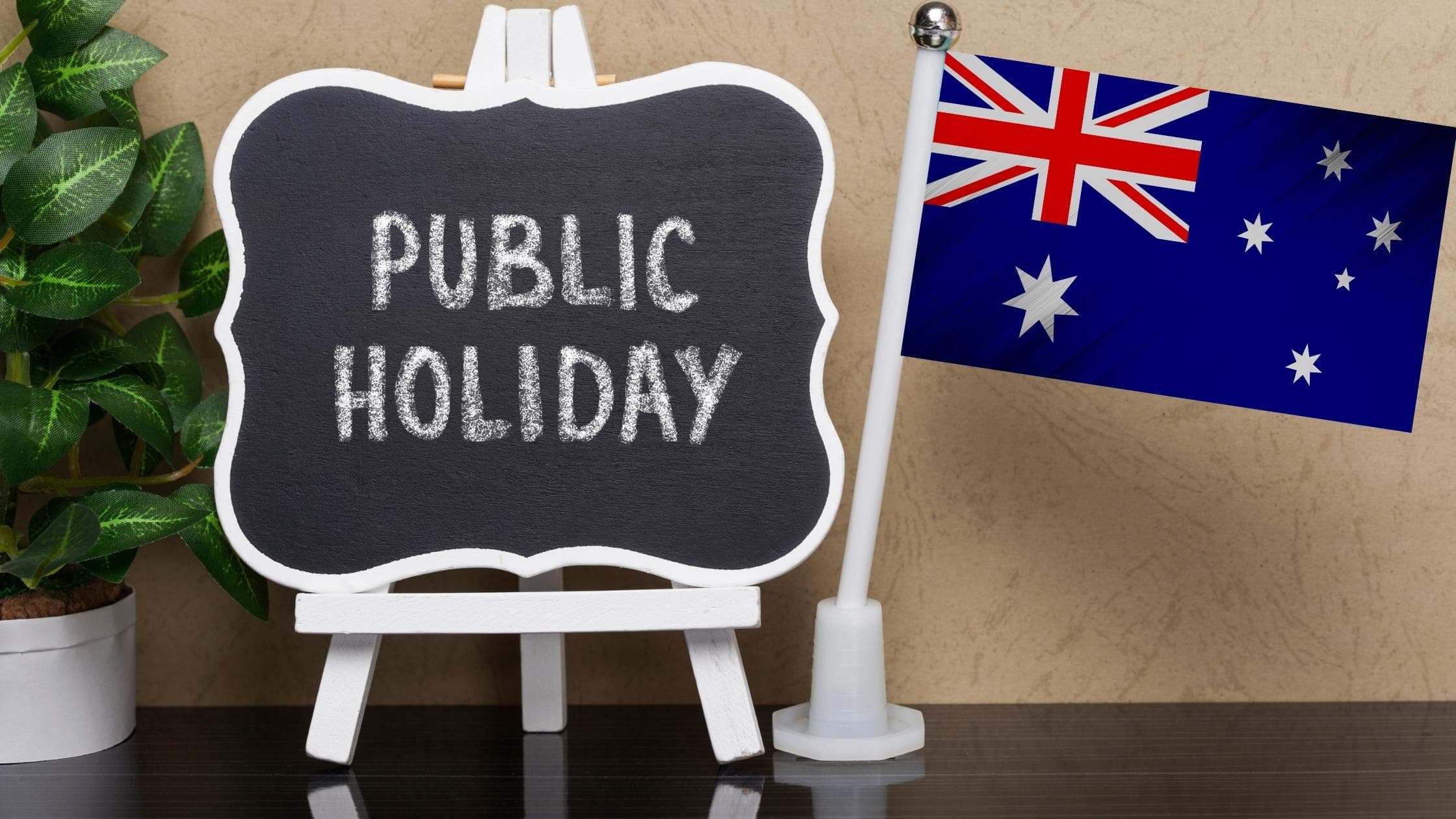Everything to know (and do) for the final stage of Xero’s STP Phase 2 rollout
By now, most business owners are probably familiar with Xero’s approach to getting payroll data ready for Single Touch Payroll Phase 2.
This will see businesses build on their existing STP reporting to share more information with the ATO and other government agencies each time employers process a pay run. And the good news is, Xero now arriving at stage three – the final stage of their transition to STP Phase 2.
Xero’s STP Phase 2 reporting deferral deadline is now 31 March 2023 meaning Xero Payroll users will have until the New Year to activate STP Phase 2. However, you can get your data ready today. In fact, it is recommended that you complete each stage sequentially as they are made available in Xero Payroll.
The three stages of transitioning to STP Phase 2 in Xero
Stage one – Delivered in August: The first part of this process is transitioning your existing employee profiles to be STP Phase 2 compliant. This stage also includes providing additional information when onboarding new employees to Xero Payroll.
Stage two – Delivered in September: You’ll need to identify and update certain pay items with the new earnings categories defined by the ATO for STP Phase 2 reporting.
Stage three – Rolling out from late October: This is the final stage in the STP Phase 2 transition which will break down paid leave into additional subcategories. We’ll support you with a guided experience in payroll so you can easily update existing paid leave types to meet the new ATO reporting requirements.
So you’re ahead of the deadline, it’s best to transition your payroll data as soon as possible. Head over to the STP 2 Portal in Xero Payroll to progress through each stage.
Stage three involves the introduction of new paid leave categories
STP Phase 2 introduces a set of new ATO reporting categories for use in your leave pay items. You will need to categorise any existing paid leave types you have set up in Xero Payroll. The categories available include:
Other paid leave (Type O)
- Annual leave
- Compassionate and bereavement leave
- Family and domestic violence leave
- Long service leave
- Personal (sick/carer’s) leave
- Rostered day off
- Special paid leave
- Study leave
- Time off in lieu
Ancillary and defence leave (Type A)
- Community service leave
- Defence reserve leave
- Jury duty leave
When these types of leave payments are correctly categorised in STP filing, the data can be more easily shared across government departments (like Services Australia). Learn more about the process of updating leave categories in Xero Payroll here:
Xero will be launching the leave pay item transition tool to help you with this final stage and has built a transition tool to assist you with easily categorising your existing leave pay items to meet STP Phase 2 reporting requirements. Xero has also been rolling out changes to Xero Payroll in preparation for STP Phase 2. As a result, it’s likely that some leave pay items may already have the correct reporting category assigned.
What Xero Users need to do now
Head to the STP 2 Portal in Xero Payroll and progress through each stage of the transition process to get your payroll data ready for Phase 2 reporting.
- Stage one: Updating employee records to meet the new STP Phase 2 filing requirements.
- Stage two: Updating income pay items to the new STP Phase 2 filing requirements.
- Stage three: Categorising your existing paid leave types to the new filing requirements.
It’s important to mark each stage as complete in the STP 2 Portal before moving forward. This ensures your payroll data is accurate and could help reduce filing errors later in the financial year. Once you’ve completed all three stages, your business will be ready to switch to STP 2 later in the financial year.
Xero will be ready to report your updated payroll data to the ATO by mid-December 2022. While there is a deferral until 31 March 2022, we strongly recommend that you get your data ready for the transition as early as possible. If you’re unsure about updating your payroll data for STP Phase 2, contact our Bookkeeping team on 02 9981 2300.








